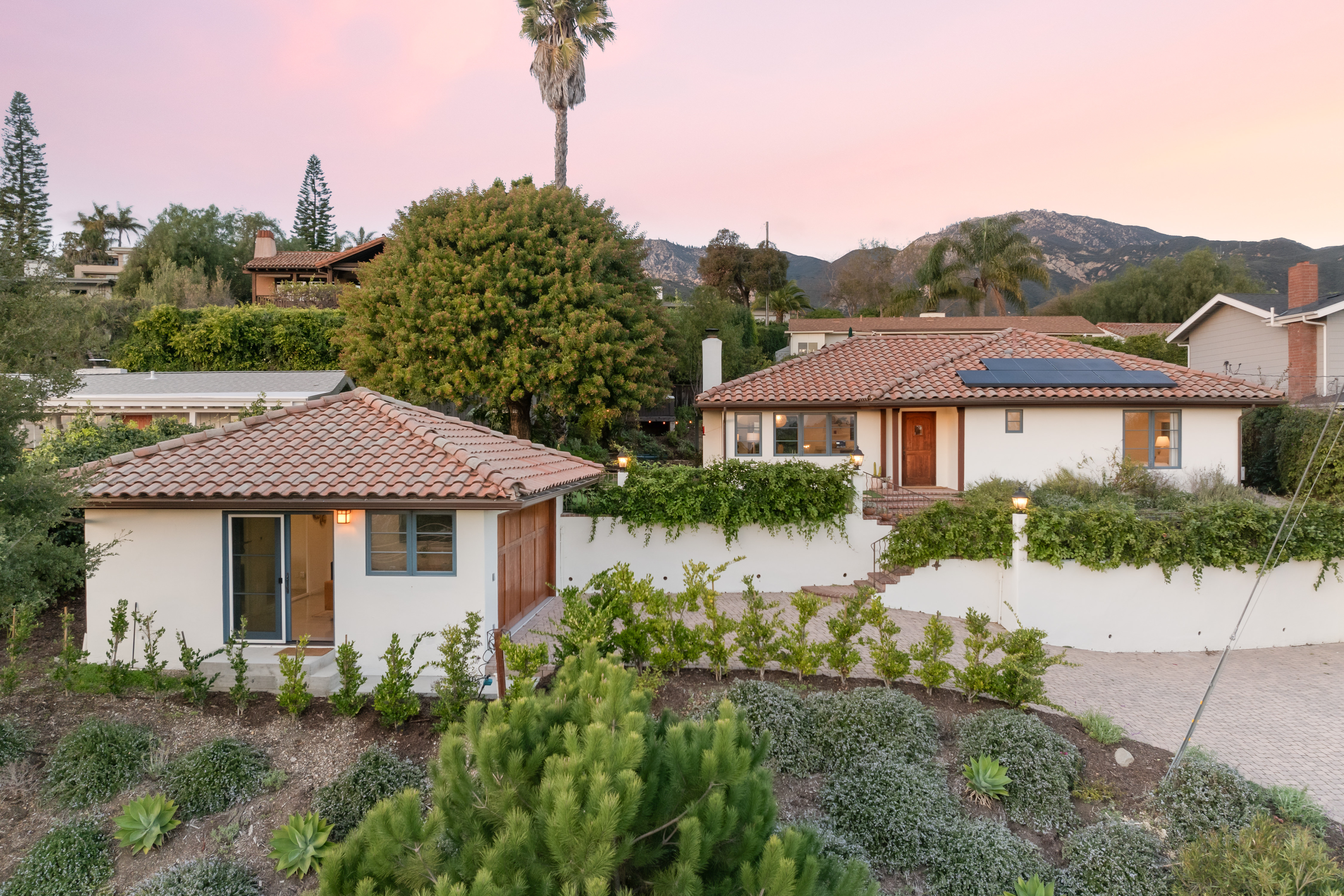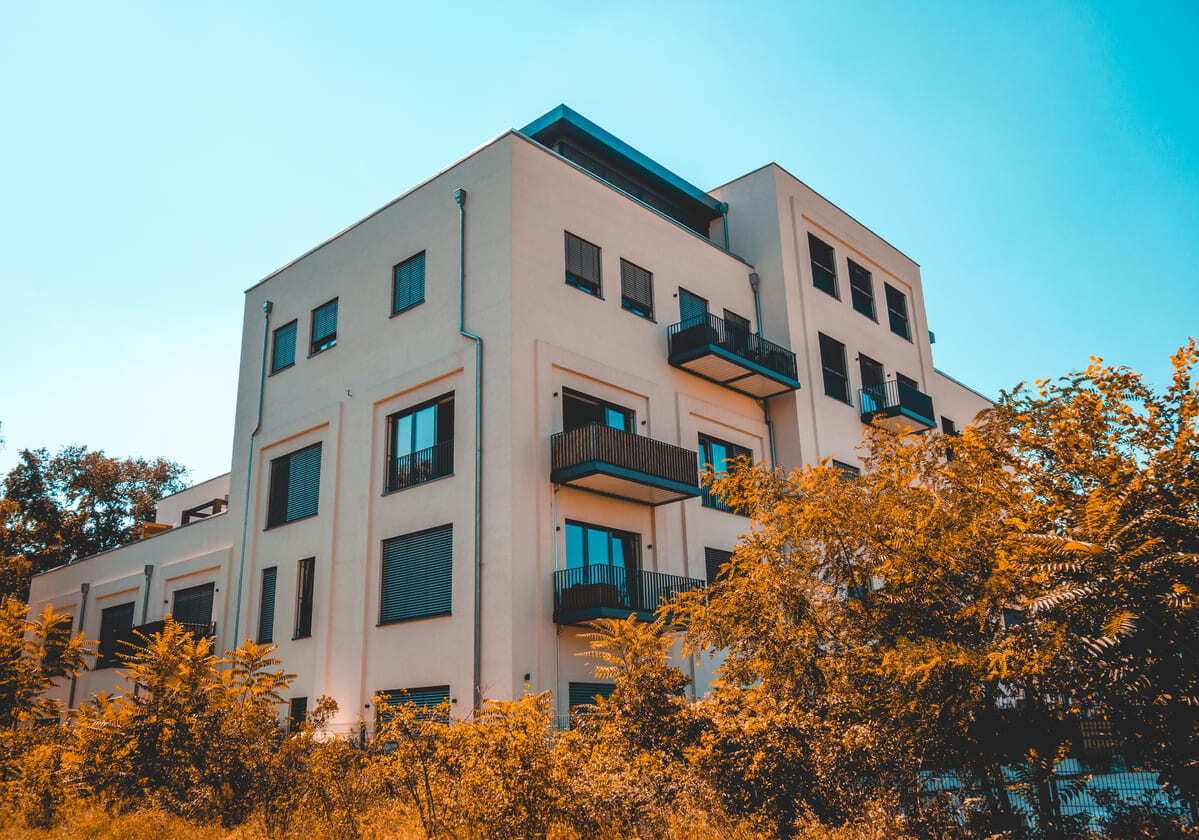In my small town of Chico, as well as all over California, the rental property market has been on fire. Currently we have never seen such high rents with such low vacancies. As a matter of fact, I’d be willing to say in our 60-year history, it’s never been quite as good as it is now. Rents are up and vacancies are very low. At the moment, the vacancy rate over our 1,500 local units sits at .56%, and this is after we raised all our rents and built 56 brand new apartments. Pretty amazing!

So, it’s no wonder that there are a lot of people jumping into the apartment real estate market. We’re seeing a lot of new construction as well as investors looking to purchase older properties. If you’re reading this you too may be thinking about getting into the property management game, but watch out! There are a lot of savvy real estate investors that would love to take advantage of this market to sell you an overpriced apartment complex. In this blog, I am going to give you some great tips that could potentially save you a ton of money when negotiating an apartment deal.
There are a number of ways that the sellers of apartment complexes will make it seem like the property is more valuable than it really is. There are also fewer regulations that apply to multi-family apartments with more than 4 units.
The State of California believes that if you’re purchasing an investment property over 4 units you must know what you’re doing. Therefore, there are less laws and a lot more risk of getting a bad deal. The old adage, “let the buyer beware” applies more than you could ever know in the world of investment real estate. So, here are some excellent tips for you to negotiate the best deal possible when looking to purchase an apartment complex.
Tip #1: Ask for a Rent Roll
This is foundational. Sellers are notorious for saying things like “oh yeah, you can get $2,000 a unit for these apartments.” This is especially true when someone is selling brand new apartments. You, as a prospective buyer, want to know what they’re getting right now. Show me the money! Show me who is living in these apartments and how much they’re paying. This way, you’ll get the current gross rent that the rental property is taking in. This is very important.
I was just on the phone last week with a developer who’s selling some brand-new student apartments. I downloaded a digital flyer that told me you can get $675 per room adding up to $2,025 per apartment. I talked to the owner/developer on the phone and asked him how much they were currently renting for. Come to find out only half of them are leased up, the new school year starts in two weeks, and those that are rented are only renting for $1,800 a unit. Not quite the numbers that they thought they could get pre-lease up.
Tips #2: Ask for a Rent Roll from Last Year
Yes, last year. This is a tip that not too many people know about. Why is this helpful? Because sometimes owners will raise the rents right before they put the property on the market. This way, the rent roll will say a higher rent thus allowing the owner to ask for a higher purchase price.
The complex may be full now, but 20% of the residents may now be seriously looking to find a cheaper place to rent. You want to know how long the rents have been at that level, or at least be able to see how much the rent has increased over the past year. Either way it’s more information for you to use.
Another thing that the previous year’s rent roll will tell you is the turnover rate. If half of the residents moved out over the course of the year, then that is a problem. A high turnover rate means that there is probably bad service, deferred maintenance, or a bad neighborhood that you may not notice by just visiting the rental property in the middle of the day.
I remember once I rented an apartment and didn’t realize that trains traveled directly behind the unit and would blow their horns right outside my apartment at 3 a.m. You may not notice items like this on a property tour, and it could cause a high turnover rate.
On the other hand, you may find out that the property has great long-term residents and a low turnover rate. This would make for a better, more stable property. That is good. It also wouldn’t hurt to look at the dates on the leases as well to see if they are long or short-term leases.

Tip #3: See if You Can Push Rents
Another reason that you will want to view the rent roll is to see if you can push rents. Do a market survey. There are programs like CoStar that make market research very easy, but you can also just check the usual sites like Craigslist.org, Zillow, and Apartments.com. The owner may possibly be leaving some money on the table in terms of low rents. This is also good for you as an investor because you can realize the potential upside to the rent raises.
Typically when you are investing in real estate there will be a savvy agent who will present you with a spreadsheet displaying all the usual financial calculations like cap rate, NOI, and gross rent multiplier. One of the variables they will input for you is the vacancy rate.
Currently, the vacancy rate in Chico, California hovers just under 2%. A seller will give you all the calculations regarding the rental property using the current vacancy rate. But remember, this vacancy rate is historically very low.
If you’re in a low vacancy rate market, do not negotiate at the current vacancy rate. What will inevitably happen is more builders will start to build where there is high demand. Sometimes they’ll inadvertently overbuild an area. This will cause the vacancy rate to increase off that 2% number in just a couple short years. So, you’ll want to reference a historical vacancy rate like 5% (or the historical number in your area). This is more historically accurate, will give you a more accurate pro forma, and will cause the purchase price to be lower.
Tip #4: Look at the Net Operating Income
Once you calculate the gross income on the property you want to look at the Net Operating Income. This is found by subtracting the operating expenses by the total gross income (including rents, laundry fees, late fees etc.)
Calculating the operating expenses is where some sellers can get tricky. One thing to consider is that if you have a hands-on owner who does his own maintenance, his expenses will not show up on an expense report. As you look at the numbers you may get the impression that the apartments are not too expensive to maintain, but you could be missing all the work the owner has been doing himself (or if he is paying someone under the table). If it’s self-managed you want to add in a professional management fee as well to the expenses.
Tip #5: Add in a Reserve Fund
Here is another hum-dinger of a tip. You ready? When calculating the expenses of the property add in a reserve fund to each apartment. Obviously, one day the roof will need to be replaced, the siding will go bad, or you will have to replace the appliances. You’ll need reserves for these expenses.
In our city, we’ve calculated that adequate reserves will cost $350 per year per apartment to properly fund. Add this into your spreadsheet if it isn’t already added. It will lower the net operating income, thus again giving you a more accurate picture of what the purchase price should be. Odds are nobody but you will throw in a reserve expense, but it’s only right to do so.
After you add up all the expenses, subtract that from the gross income and you will get the Net Operating Income (NOI). An accurate NOI will help you calculate the purchase price as well as your desired CAP rate.
Once you have an accurate NOI just divide that by your desired cap rate to get a purchase price. Although there will be many other factors to consider, this will give you a base idea of the proper purchase price for the rental property.
If this number is substantially less (which it probably will be) you can use your formulas in your negotiations to show exactly why the price should be more in alignment with your number. Do your due diligence, and if you’re just starting out in this game, do yourself a favor and hire a professional management company to help!










